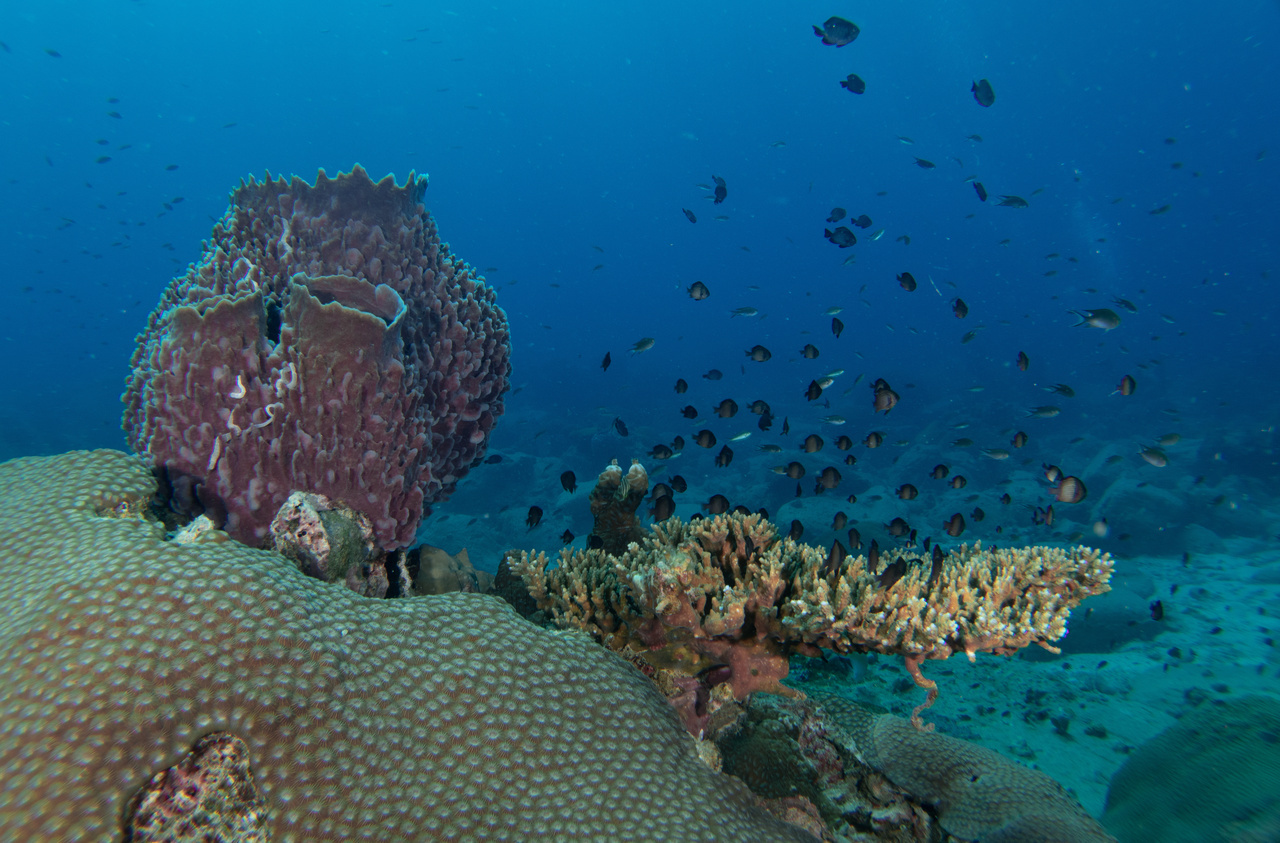Comeback for Cambodian Corals?

Hello all, please have a read below and follow the link to find out more about Fauna & Flora International's marine conservation work in Cambodia, where locally-led management of coral reefs and fisheries is starting to show signs of success.
FFI and the Cambodian government collaborated with local communities over several years to establish Cambodia's first large-scale Marine Protected Area in the Koh Rong Archipelago. The site's multi-use approach takes fisheries and tourism needs into account, whilst safeguarding critical marine biodiversity. Four years after the MPA was designated, key ecological indicators for hard coral cover and reef fish populations appear to be stable or recovering, although the impacts of historical overfishing and ongoing illegal fishing remain evident. Continued management and further collaboration with local stakeholders will be critical to ensuring that the early signs of recovery continue, and we must learn lessons from the work so far.
As part of this process, FFI staff have reflected on the key factors behind the recovery in Koh Rong to date, and I have shared some of these reflections below:
- An increase in tourism to Koh Rong, resulting in community livelihoods diversifying away from fishing to tourism-based income. This may be temporarily reversed to a degree by COVID-19, depending on when significant international tourism returns to Cambodia.
- Good stakeholder understanding of MPA zoning and the reasons for it, and generally higher awareness of conservation issues amongst local resource users. This has been driven by high participation of local communities in conservation and fisheries management efforts, and involvement of communities throughout the MPA design process, which took several years and involved multiple rounds of consultation.
- Increase in MPA management efforts by community institutions and government authorities, and growing effectiveness of these measures. This is evidenced through use of SMART patrols and Management Effectiveness Tracking Tool (METT) assessments.
- Significant government involvement in the design and management of the MPA.
Would love to hear from anyone on here who is interested in coral reefs, marine conservation or anything ocean-related! The full blog article is here.
Henry
Banner photo credit: Matt Glue/FFI

Please sign in or register for FREE
If you are a registered user on WildHub, please sign in
Thank you for sharing this Henry this is really interesting! I would love to know an update on how the MPA is doing and these mitigating strategies are working after two years of covid. Feel free to share another post on this if you would like to update the community!